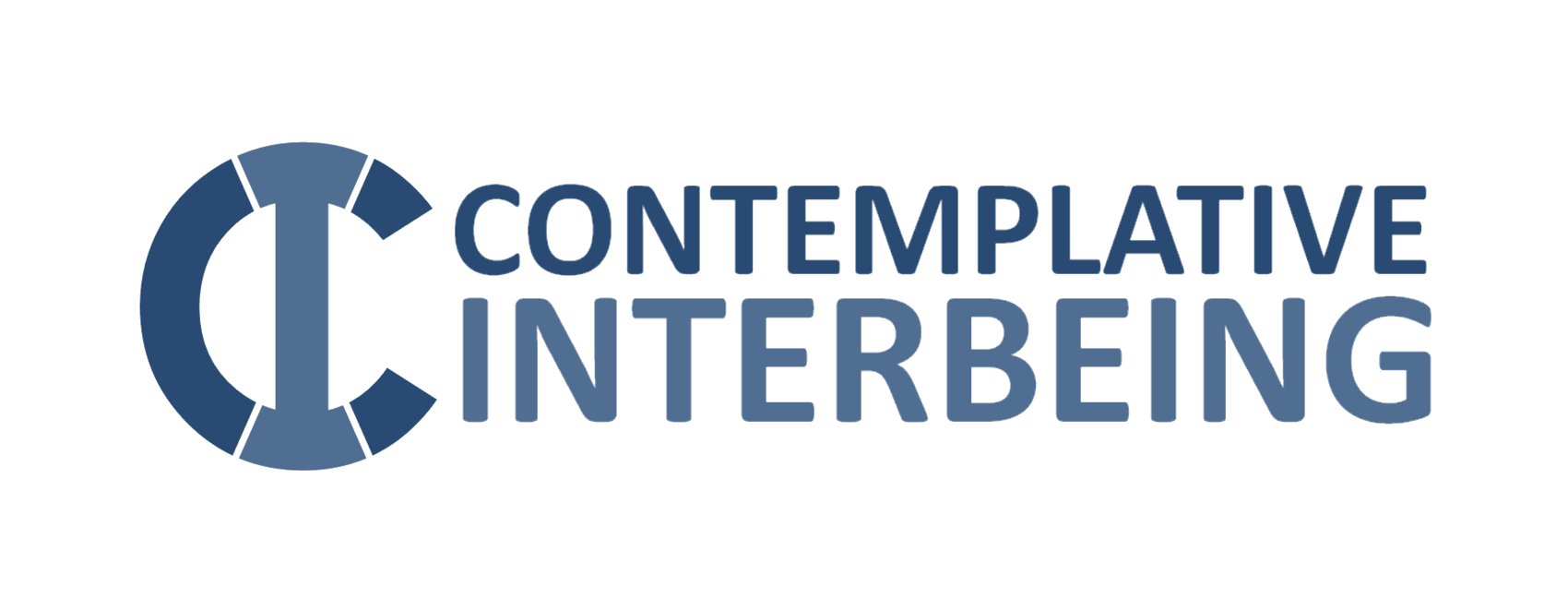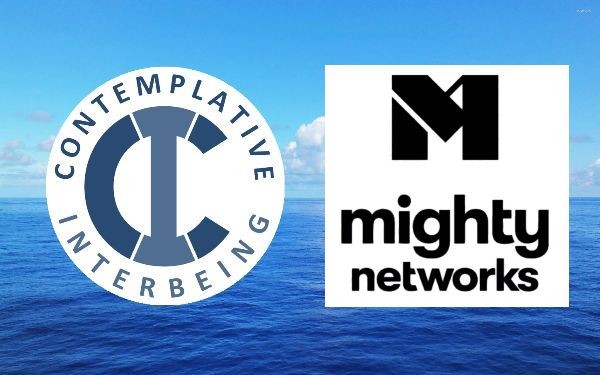
In its early creation, Kundalini was a study of the science of energy and spiritual philosophy
Life is filled with vibrant energy—everything and everyone we interact with is energy. Kundalini Yoga, which awakens you to the power of internal energy, led us to an expansive spiritual awakening within that touched every aspect of our lives. We’re now on a mission to share what Kundalini is, where it came from, and why we share in this ancient yoga practice.
In order to guide people in living the high vibrational lifestyle we breathe, eat, and sleep, a major aspect is understanding what Kundalini does to your mind, body, and soul, and why it works.
See also A Beginners’ Guide to Meditation
Throughout our lifetime, you’ll face triumphs, wins, hardships, and challenges—and Kundalini guides you in reacting to the ups and downs in life from a more neutral headspace. This ancient healing practice was the first yoga ever created, and its technologies have been scientifically proven to activate specific parts of your brain that increase awareness and generate more balanced control. Through breath, specific movements, and timing, this practice works to increase the nervous system on a cellular level and increase your energetic awareness.
What Does Kundalini Mean?
Kundalini in Sanskrit means “coiled snake,” and in early Eastern religion it was believed that divine energy was created at the base of the spine. It’s energy we are born with, and Kundalini works to “uncoil the snake” and connect us to this divine energy within.
See also 22 Beginner Poses Every Yogi Needs to Know
In its early creation, Kundalini was a study of the science of energy and spiritual philosophy, and in ancient times, royalty would sit with Kundalini Masters to hear the ancient scientific teachings of Kundalini and spiritual visions. It was Yogi Bhajan who brought Kundalini to our western culture and transformed it into the beautiful practice with ancient knowledge and modern practicality that it is today, where anyone has access to these teachings.

At first, things like kundalini chanting, postures, and breath might feel weird.
How Can Kundalini Yoga Help Us Live?
We use Kundalini as a tool to achieve a life full of lightness, joy, and boundless love. Through Kundalini Yoga, you will begin to not only become aware of the geometry of your body, but also see how this practice affects the energy, emotion, and motion in your body, quickly and efficiently.
See also These 30 Yoga Sequences for Beginners Will Help You Kick-Start a Consistent Practice
We all have “locks” in our body where energy is stuck and we are no longer in flow with our mind-body connection, the universe, and our highest potential. Kundalini Yoga pulls the energy at the base of your spine up, all the way through the roof of your crown and outward so that energy can flow and create balance in your energy centers and chakras.
Together, we’ll walk you through some of the technical parts of this yoga practice including the breathwork, mantras, kriyas, meditations and mudras so that you can understand what each of them are and their individual benefits.
At first, things like chanting, some of the postures, and breath might feel weird. Yet in order to get the most from this spiritual practice, it is very important to commit to your practice, show up consistently, and come with an open mind.
See also Yoga For Beginners: Build a Strong Core with Plank Pose
Kundalini: What You Need to Know About the Breath
The most common breath used in Kundalini Yoga is Long Deep Breathing, where you breathe slow and deep in and out through the nose by expanding the stomach out on the inhale and contracting the stomach in on the exhale.
Every meditation and kriya has a specific breath and posture to help generate or release specific energy. One of the most common and loved breathwork practices in Kundalini Yoga is Breath of Fire. Breath of fire is practiced by breathing rapidly equal parts in and out through the nose by pumping your stomach to create oxygen in your blood and charge your electromagnetic field. Breathwork is a beautiful tool to have when you’re feeling stressed or overwhelmed. We use Long Deep Breathing with our left hand over our heart and right over our stomach to instantly soothe our anxieties.
See also Yoga for Beginners: Strengthen Core + Thigh Muscles in Chair Pose

By chanting a mantra, we are channeling the positive power of them, whether it’s peace, abundance, or prosperity.
Kundalini: What You Need to Know About Mantras
Mantras aren’t as intimidating and woo-woo as they sound! The use of chants and sound, or mantras, have the power to signal a chemical reaction in the brain and body, positively affecting your mood. The moods we feel—like happiness, joy, and sadness—all vibrate at a specific frequency. By chanting a mantra, we are channeling the positive power of them, whether it’s peace, abundance, or prosperity. Chanting a mantra attracts your body to vibrate at that frequency, elevating your mood to higher vibrations, creating a more abundant and high-vibe state of mind. You don’t always have to be sitting in meditation to use mantras; you can also use mantras in your sleep or when you’re driving—the energy of the sacred tones and sounds will fill your space and attract that energy into reality. We love the mantra for success and prosperity where we chant “har” (sounds like “HUD”) for prosperity.
See also Yoga Sequences by Level
Kundalini: What You Need to Know About Kriyas
When you put breath, posture, and sounds all together, you have a kriya—or a set of exercises. Kriya means “action,” and it is through a specific set of actions and commitment where manifestation can begin to take place. Kriyas work on all level of your mind, body, and spirit, creating an overall healthy and abundant life full of vitality. One kriya you can practice today is the Kriya for Balancing the Aura, which works quickly and effectively to protect your energy field, build your physical stamina, and elevate your energy.
Kundalini: What You Need to Know About Mudras
Mudras are hand positions that lock and direct energy into different parts of our brains. Thousands of years ago, yogis mapped out the hands and how they are connected to different parts of the brain and body through specific hand placement. We always use a finger to finger placement and press down to activate the energy.
See also Top 10 Poses to Practice Every Day
The most common mudra in Kundalini yoga is the gyan mudra that uses the thumb and index fingers to stimulate knowledge. In order to accomplish this mudra, you must put pressure with the thumb to index finger, which activates the points of the finger. The index finger is associated with Jupiter, which represents expansion. In this mudra, you experience receptivity and calmness. We use this passive yet powerful form unless there is another active form specified.
Another favorite and effective mudra is the mudra to open up blocks of communication that can help you from everything to a first date to a nerve-wracking business meeting. Press the pad of the thumb onto the nail of the Mercury (pinky) finger for one minute. This allows you to develop the inner confidence to communicate all you need to. After this, lightly touch your thumb to your pinky finger, channeling your communication energy to align with your ego.
See also 10 ‘Simple’ Yoga Poses That Help Everyone at Any Age

Below is a simple and easy kundalini meditation you can practice on your own.
Kundalini: What You Need to Know About Meditations
Meditations in Kundalini Yoga and have releasing and healing results. During meditation, you can feel entirely awakened, heightened, and moved by the energy you’re releasing or creating. The meditations in Kundalini yoga are practiced at specific lengths to achieve different results. A 3-minute meditation affects the electromagnetic field and circulation of blood in the body, while an 11-minute meditation begins to alter the nervous and glandular systems of the body. A 31-minute meditation affects all cells, rhythms of the body, and clears out the subconscious mind.
To give you a taste of the magic of Kundalini, this is a simple and easy meditation you can practice on your own to get a feel for what and how Kundalini can affect you mentally, physically and emotionally. This meditation works to give you a boost of energy, making it a great practice for when you wake up in the morning or during the middle of the day if you’re feeling drained and depleted. This meditation can bring in new, vibrant energy and can rejuvenate your focus, coordination, and spirit. If you’re feeling tired, do this meditation and then take a simple Corpse Pose (Savasana).
See also Curvy Yoga: A Sequence for Feeling at Home in Every Pose
How to do this Kundalini meditation:
- Sit comfortably with legs crossed and your spine straight. Place your palms together in prayer pose at the center of the chest with the fingers pointing up.
- With eyes closed, you’ll focus your gaze at the brow point where your third eye or 6th chakra is located which is the point between your eyebrows and up a bit.
- Your breath will be divided into four equal parts as you inhale.
- After you breathe in four equal parts, you will hold the breath and exhale, breaking the outgoing breath again into four equal parts and then hold out for a few seconds.
- On each inhale and exhale, pull your navel point toward your spine. Each breath cycles takes about 7-8 seconds.
See also 15 Anti-Aging Health Benefits of Yoga That Will Make You Want to Start Practicing Now
This meditation is best practiced for 3-5 minutes. We love to add the mantra Sa Ta Na Ma to this meditation, and we encourage you to play this mantra if your mind is anxious or your thoughts are distracting you. Sa Ta Na Ma means “Infinity, Life, Death, and Rebirth.” This mantra will help you focus your mind and ultimately connects you to your highest and most true self.
About the Authors
Brittany Deanda and Tara Schulenberg are certified Kundalini yoga and meditation instructors and the co-founders of the popular mind/body/spirit podcast, Elevate the Globe. Learn how to incorporate a Kundalini practice into your spiritual practice, discover stress healing techniques, and inspire a newfound commitment to your health and wellness.
SOURCE: https://www.yogajournal.com/.amp/yoga-101/a-beginners-guide-to-kundalini-yoga











